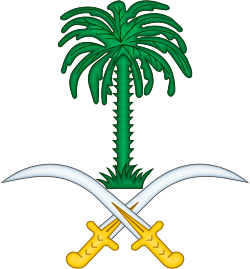Al Bahah Region
Al-Bahah Region (Arabic: الـبَـاحَـة al-Bāḥah pronounced [alˈbaːħa]) is a state of Saudi Arabia. Al-Baḥah is located in the southwestern part of the Hejazi region. It has an area of 9,921 km², and a population of 476,172 (2017).[1] Its capital is Al Bahah.[2] The region includes Al-Baḥah City, Al-Mikhwah and Baljorashi. Baljorashi has a famous traditional market known as sooqe as-sabt, which translates to English as "Saturday market". The Baljorashi market is very old and its exact age is unknown. This market opens after the Fajr prayer, or around 5 A.M. local time. The market closes around noon. People come from all over the region to buy and sell handmade goods. Other cities in the region include Baljourashi, Al-Mikhwah, Rahwat Albar, Sabt Alalaya, and a city by the Red Sea called Al-Qunfunda. Al-Baḥah region is the home of two Azd tribes, the Ghamid and the Zahran.[3]
Al-Bahah الباحة | |
|---|---|
 Map of Saudi Arabia with Al-Bahah highlighted | |
| Capital | Al-Bahah |
| Manatiq (Districts) | 7 |
| Government | |
| • Governor | Hussam bin Saud |
| Area | |
| • Total | 9,921 km2 (3,831 sq mi) |
| Population (2017 census) | |
| • Total | 476,172 |
| • Density | 48/km2 (120/sq mi) |
| ISO 3166-2 | 11 |
| Area code(s) | +966 17 |
| Website | www |
Etymology
The word al-Baḥah (or Baḥah without al which is equivalent to "the" in English) has many meanings; it means water[4] and the maximum of it, the courtyard of a house, the high and abundant palm tree. In tales it refers to an extremely deep bottomless well in al-Zafir fortress. It means "open space", "water" and "abundant palm tree" and the "midline of a road".
Governors
- Prince Ibrahim bin abdulaziz Alibrahim (1977–1987)
- Prince Muhammed bin Saud Al Saud (1987–2010)
- Prince Mishari bin Saud bin Abdulaziz Al Saud (28 August 2010 – 22 April 2017)
- Prince Hussam bin Saud bin Abdulaziz Al Saud (22 April 2017 – present)
Geography
Al-Baḥah is the name of the province as well its main city, situated in the northwestern part of Ghamed territory. The region is formed of mountains, hills, plains, valleys and desert stretches. This region is situated in the Hejaz, between longitudes 41/42 E and latitudes 19/20 N. The region covers an area about 36,000 km².
Major cities
- Al Bahah
- Baljurashi
- Almandaq
- Almikhwah
- Alaqeeq
Topography
The region is divided by huge rocky steeps into two main sectors. To the west is a coastal plain, Tihamah. East is the mountain range of al-Sarawat, known as Al-Sarat, with an elevation of 1,500 to 2,450 m (4,920 to 8,040 ft) above sea level.
Population
A genealogist has confirmed that the majority of the population of Al-Baḥah are descended from the Azad Shenou`a tribe which emigrated from the south of the Hejaz in the Arabian peninsula, following some historical natural events.
Al-Azad is an Arab tribe which is divided into 24 tribes derived from four stocks: Azad Shenou`a, Azad Al Sarat, Azad Ghassan and Azad Aman. Al-Azad (or al-Assad the Lion) was the title given to Darda`e bin al-Ghot bin Nabt bin Malik bin Nassr al-Azad. Kaab bin al-Harith had seven children including Ghamed, who is Amr bin Abdullah bin Kaab. Zahran bin al-Harith had six children, including Abdullah bin Zahran who is the great grandfather of the Zahran tribe. The population of the region now is about 500,000. Many have moved to major metropolitan areas for better living and education.
Climate
The variation in topography influences the climate of the region. Al-Sarat area is exposed to the formation of clouds and fog, and this often happens in winter because of air masses coming from the Red Sea, accompanied by thunderstorms. In spring and summer the climate is mild and pleasant. The climate in the area of the Tihamah is different from that in Al-Sarat, although they are separated by no more than 25 km (16 miles). Tihama is an undulating coastal plain, hot in summer, warm in spring and mild in winter. The climate in general falls in the arid zone. Relative humidity varies between 52% and 67%, with maximum temperatures of 23 °C (73 °F), and minimum temperatures of 12 °C (54 °F).
Social structure
The social life of the inhabitants of the region is based on Sunni Islam, in addition to the well established Arab customs and tradition. Each tribe division or subdivision has its own shaykh (Arabic: شَـيـخ, head).
Gallery
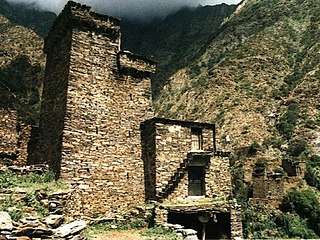
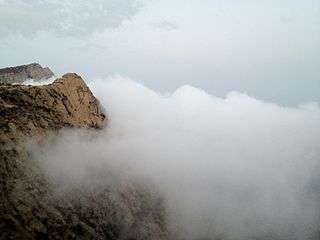
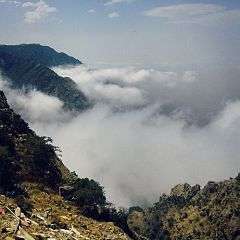

- وادي نيرا

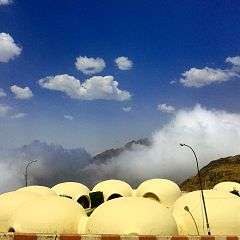
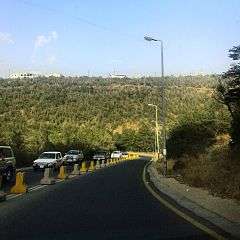
See also
References
- "Population Characteristics surveys" (PDF). The General Authority for Statistics. 2017.
- "معلومات عامة عن مناطق المملكة العربية السعودية". General Authority of statistics.
- Kathy Cuddihy, An A to Z of Places and Things Saudi, pg. 6. London: Stacey International, 2001. ISBN 9781900988407
- Team, Almaany. "تعريف و معنى باحة بالعربي في معجم المعاني الجامع، المعجم الوسيط ،اللغة العربية المعاصر - معجم عربي عربي - صفحة 1". www.almaany.com. Retrieved 22 November 2018.
